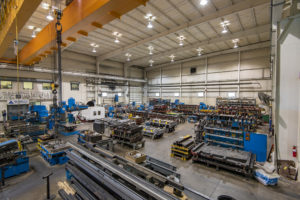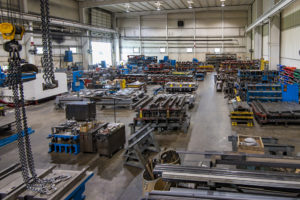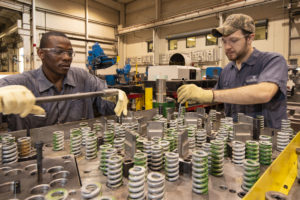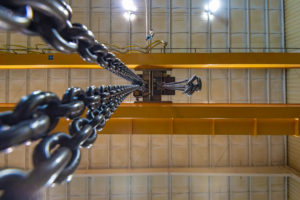Precision Tool and Die
A die is a specialized tool that frequently employs the use of a press to shape or cut materials for components, parts, and machinery. These dies are usually customized to meet the exact specifications of whatever item they’re creating.
Tool and die makers are the machinists responsible for working in manufacturing toolrooms and turning out critical components like a machine and cutting tools, dies, molds, and other machinery and parts. They perfect their trade through a combination of academic coursework, hands-on instruction, and on-the-job training.
Different Types of Die
Stamping Dies
Stamping dies operate as progressive or transfer systems. For progressive dies, metal is fed into a single machine comprised of numerous stations to be punched. The metal sheet progresses through one stage to the next; the last stage of the operation is blanking. Transfer systems work similarly to progressive dies, but blanking will be the first operation.
Single hit stamping is often a quicker and more economical alternative to the processes mentioned above. This process involves single-station tools that hit the part getting created once before it’s sent off.
Forming Dies
Forming dies are generally mounted into presses to aid in the process of forming materials like plastic and sheet metal. One part, known as the punch, performs the primary bending, blanking, or stretching operation; following this, the second part—known as a die block—clamps the workpiece and performs a similar operation. This process may be completed several times before the completion of a part.
Draw Dies
Draw dies draw sheet metal into various shaped metal cups. These dies form flat blanks into shapes and rely on a punch to stretch the central portion of each blank. A blank holder, which is a specialized tool designed to hold the edge of the metal taut, prevents wrinkles from forming during the process.
Blanking
Blanking cuts flat material by trimming the exterior edges. This type of die usually creates a precise degree of flatness after compressing the material.
Hand Transfer Dies
The hand transfer die stamping process relies on a transport system to move each part from station to station. The die can be either a single die or part of a larger group of dies lined up in a row. Hand transfer die stamping is versatile, cost-effective, and ideal for large parts that need to be transferred from press to press.
Compound Dies
Compound dies are used in applications that require more than one cutting operation to be performed in a single stroke and stage. These dies offer high production rates since one stroke produces one component. However, both methods traditionally utilized to reduce punch force cannot be used, which means compound dies require exceptional levels of force.
Ohio Valley Manufacturing: Precision Tool and Die Manufacturer
Ohio Valley Manufacturing specializes in making precision tool and die designs for machines with a maximum 4000-ton press rating and bed sizes up to 312″ X 72″. We provide the capability of long movement indexing for progressive die stations, along with multiple styles of dies, with up to 100” between stations.
From CAD modeling and design to prototypes, testing, and inspection, we handle all aspects of the tool and die manufacturing process. Appropriate for brackets, cross members, pans, blanks, channels, and more, we design dies and tooling to meet a variety of standards and requirements.
To learn more about the precision tool and die design and manufacturing with Ohio Valley Manufacturing, please contact us.







